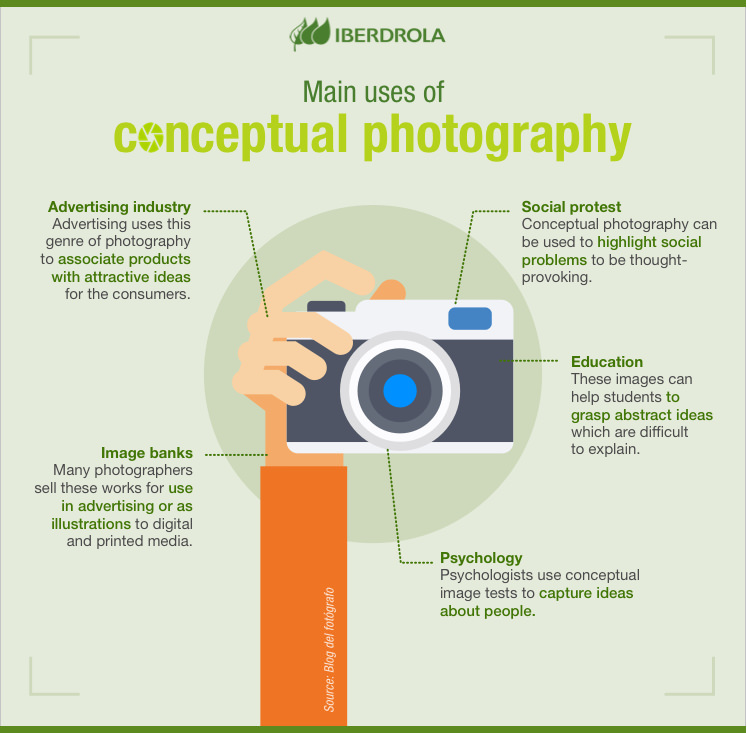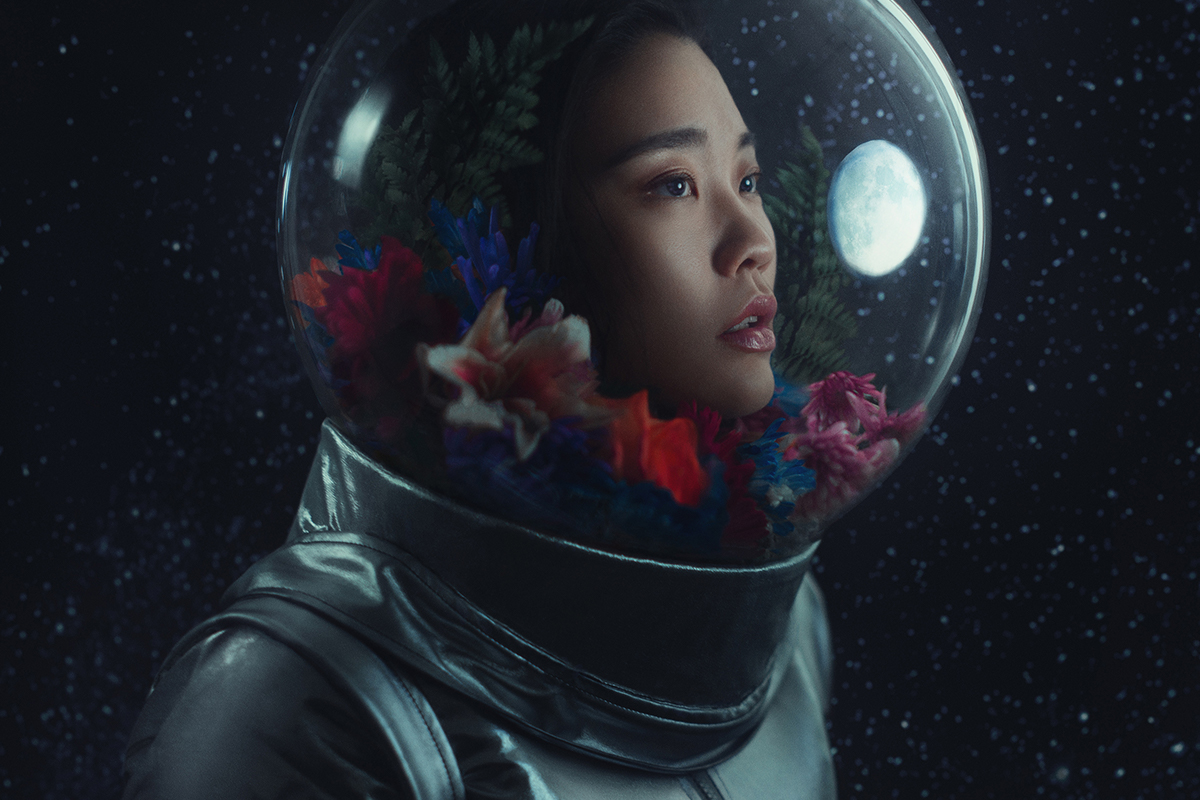From Concept to Creation: A Guide to Conceptual Photography
Welcome to Style & Technique Photography, your one-stop shop for exploring all things photography! This week, we delve into the captivating world of conceptual photography, a genre that pushes the boundaries of traditional image-making by using visuals to express ideas and emotions.
 |
| Conceptual photography pushes boundaries. (📷 freebie.photography) |
What is Conceptual Photography?
Conceptual photography goes beyond capturing a scene or moment. It's about using photography as a language to communicate a specific idea, concept, or message. Think of it as a visual metaphor that sparks the viewer's imagination and invites them to interpret the meaning behind the image.
 |
| (📷 iberdrola) |
Why Explore Conceptual Photography?
There are many reasons to embrace conceptual photography:
• Express Yourself Creatively: Conceptual photography allows you to explore your unique vision and tell stories in a non-literal way.
• Challenge Yourself Technically: Conceptual photography often involves creative setups, props, and lighting techniques, pushing your technical skills to new heights.
• Stand Out from the Crowd: In a sea of traditional photographs, conceptual images can grab attention and leave a lasting impression.
• Connect with Viewers on a Deeper Level: Conceptual photography evokes thought and emotion, fostering a deeper connection with your audience.
The Creative Process: From Brainstorming to Final Image
Creating a compelling conceptual photograph involves a well-defined process:
1. Finding Inspiration:
• Look at Existing Work: Immerse yourself in the work of famous conceptual photographers like Cindy Sherman, Gregory Crewdson, and Erik Johansson. Analyse their techniques and how they use visuals to convey ideas.
• Brainstorm Ideas: Carry a notebook (or use your phone's note-taking app) to capture ideas that spark your imagination. Consider current events, personal experiences, or social issues you want to address.
• Refine Your Concept: Once you have a few ideas, choose the one that resonates most with you and has the potential for strong visual representation.
 |
| Alone, In a Crowd, With Gregory Crewdson (📷 nytimes) |
2. Develop a Storyboard:
• Visualise Your Concept: Sketch out rough ideas and potential compositions to solidify your vision.
• Plan the Logistics: Consider props, wardrobe, locations, and lighting needed to bring your concept to life.
• Storytelling Through Sequencing: For complex ideas, consider a series of photographs to tell a cohesive story.
 |
| Develop a storyboard to solidify your ideas. (📷 studiobinder) |
3. Capturing the Image:
• Technical Considerations: Lighting, aperture, shutter speed, and composition all play a crucial role in conveying your message visually.
• Experimentation is Key: Don't be afraid to experiment with different setups, angles, and techniques to achieve the desired effect.
• Capture Variations: Take multiple shots with slight variations in composition and lighting to increase your chances of capturing the perfect image.
 |
| Capturing variations will enrich your options. (📷 ir-ltd.net) |
4. Post-Processing: Enhancing Your Vision
• Basic Adjustments: Refine exposure, contrast, and colour balance (if shooting in colour and converting to black and white later).
• Selective Adjustments: Use tools like dodge and burn to draw attention to specific elements within the image.
• Creative Editing (Optional): For a more stylised look, consider techniques like adding textures, overlays, or subtle colour adjustments.
 |
| Exposure Adjustment: Before & After (📷 photographyhero) |
Examples of Conceptual Photography Techniques
Symbolism: Use symbolic objects or imagery to represent abstract ideas.
Juxtaposition: Place contrasting elements together to create a new meaning or spark a conversation.
Surrealism: Create dreamlike scenes that defy logic and reality.
Minimalism: Use a simple composition with minimal elements to emphasise your message.
 |
| Symbolism can be used in photography to represent abstract ideas. (📷 Ash) |
Tips for Success in Conceptual Photography
• Clarity of Communication: Ensure your concept is clear and can be understood by the viewer without needing an explanation.
• Emotional Connection: Remember that photographs have the power to evoke an emotional response in the viewer, whether it's joy, sadness, thought-provocation, or curiosity.
• Technical Proficiency: While the concept is very important, strong technical skills are essential for creating a visually compelling image.
• Practice Makes Perfect: The more you experiment with conceptual photography, the better you'll become at expressing your ideas visually.
 |
| Conceptual Photography, by Tata Rossi (📷 fixthephoto) |
Conceptual photography offers a unique and rewarding path for photographers seeking to push their creative boundaries. By embracing the power of visual storytelling, you can create images that spark conversation, challenge perspectives, and leave a lasting impression on viewers.
*AI assisted



Comments
Post a Comment